#onorio marinari
Explore tagged Tumblr posts
Text

Onorio Marinari (1627–1715) Saint Sebastian, detail.
281 notes
·
View notes
Text
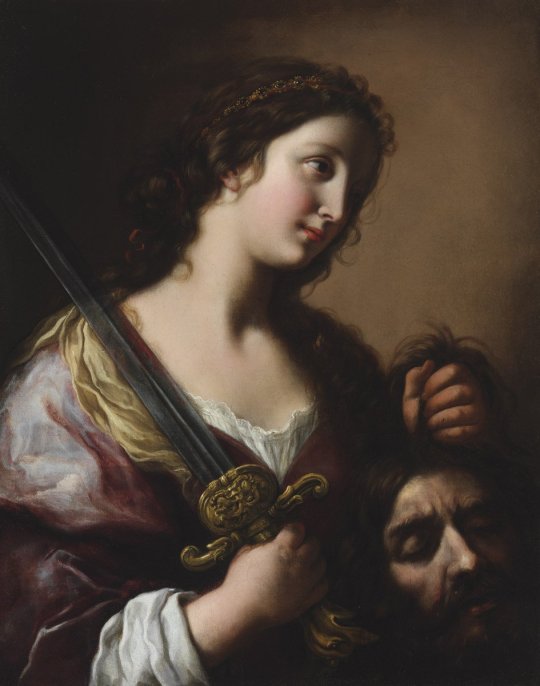
Judith with Head of Holofernes, Onorio Marinari, Oil on Canvas
86 notes
·
View notes
Text
mini-essay on mary magdalene in crime and punishment haha
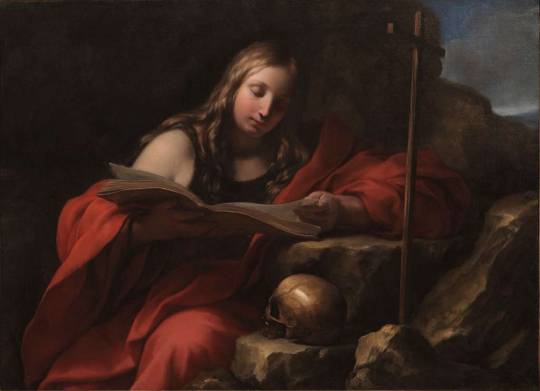
painting: "the penitent magdalene" by onorio marinari
i'm not sure if this was intentional, but in crime and punishment, dostoevsky seems to subvert the whorification of mary magdalene.
think about it--the first time we meet sonya, it seems obvious that she will be a mary magdalene figure, since she's a prostitute. we assume she will, like the common narrative we are told about mary, exhibit faithfulness to raskolnikov and bear witness to his resurrection. to a certain extent this holds true. but sonya does so much more than bear witness to a self-induced resurrection of raskolnikov.
in a way, this allegorical vision of sonya as mary magdalene and raskolnikov as jesus christ simply plays into raskolnikov's pre-existing delusions of grandeur. as a matter of fact, it is sonya's compassion and unwavering ability to see the good in raskolnikov that brings about his resurrection. she is not mary--she is the christ figure, and raskolnikov is lazarus. (side note: mary is often portrayed wearing scarlet, while sonya's iconic shawl is the opposite color, green.)
despite the fact that we see sonya as a version of mary magdalene, she is not the one who needs to repent. raskolnikov needs to repent. in fact, this idea of mary magdalene as a whore and repentant sinner comes almost wholly from a speech by pope gregory I circa 591 AD, in which he conflates mary magdalene with an unnamed "sinful woman" who anointed jesus' feet (and, interestingly, with mary of bethany, lazarus' sister). this obsession with female impurity and repentance is indicative of larger sexist trends in the christian church, and i think it's quite impactful that sonya is allowed to be a christ figure, and that raskolnikov's crimes of violence are portrayed as a more severe blight on his soul.
sonya reads raskolnikov the story of lazarus the first time he visits her apartment, and it is an intimate scene exploding with anxiety and pain and compassion. she is the one to save him, not through strength, nor even through purity, but simply through love.
tl;dr sonya semyonovna fucking rocks.
p.s. sorry if the lack of capitalization makes this kind of hard to read, i started with this gimmick and i've got to stick to it.
#crime and punishment#fyodor dostoevsky#mary magdalene#the bible#literary analysis#literary criticism#mini essay#sonya semyonovna marmeladov#raskolnikov#raskposting#classical art#onorio marinari
33 notes
·
View notes
Text

St Cecilia Playing the Organ (Onorio Marinari, 1627 - 1715)
5 notes
·
View notes
Text

Onorio Marinari, Saint Catherine of Alexandria.
PowerPoint slide by R&M.
1 note
·
View note
Text

Salome, Herodias, Executioner with the Head of John The Baptist, oils & gold leaf, 6x6 thick canvas
(Based on Onorio_Marinari_ Salome_with_the_Head_of_Saint_John_the_Baptist-2003.117.1-_Minneapolis_Institute_of_Arts, c. 1670)
0 notes
Text
Um, it is...art.

Salome with the Head of Thanos
#salome with the head of saint john the baptist#Onorio Marinari#art parody#the avengers#endgame#natasha romanoff#thanos#beheaded#steve rogers#thor#chris hemsworth#chris evans#scarlett johansson#marvel#mcu#fanart#manip
16 notes
·
View notes
Text
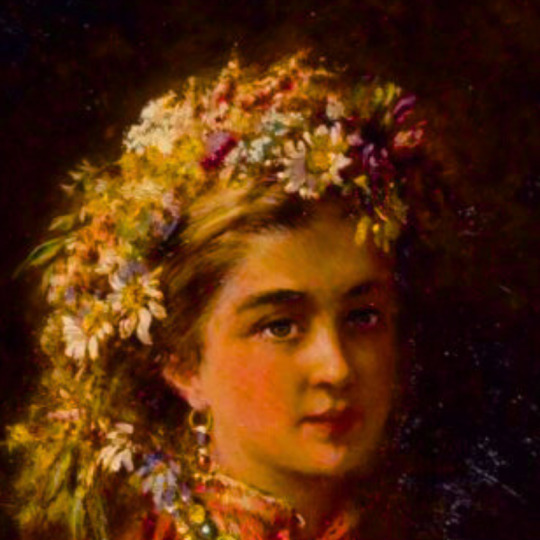
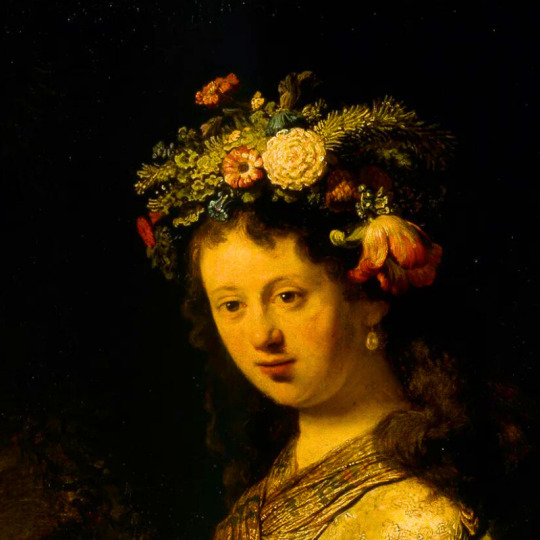


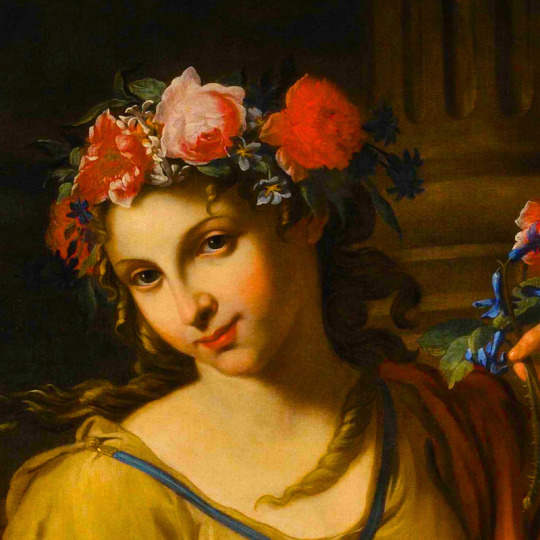
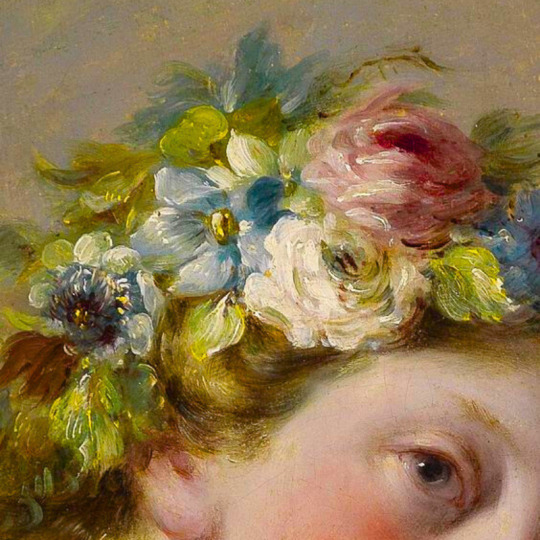
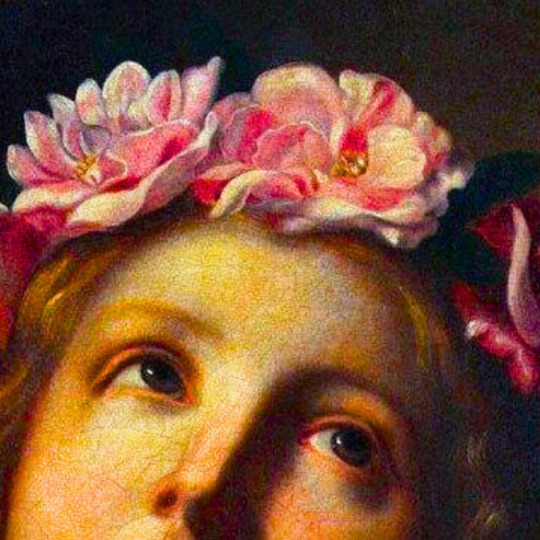
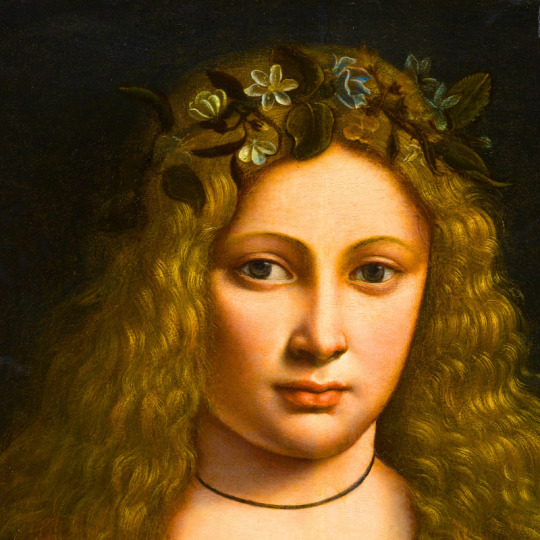
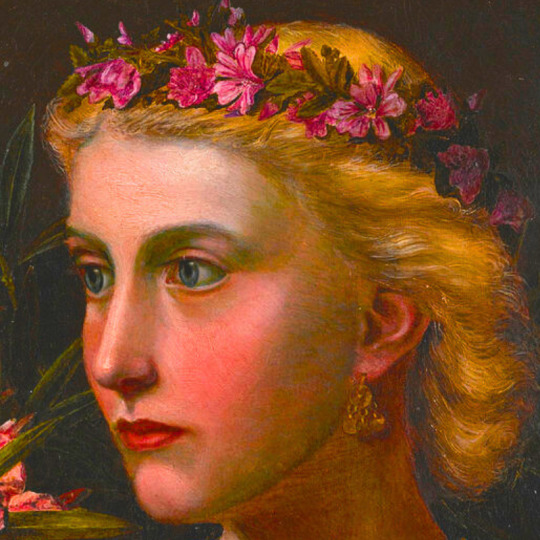

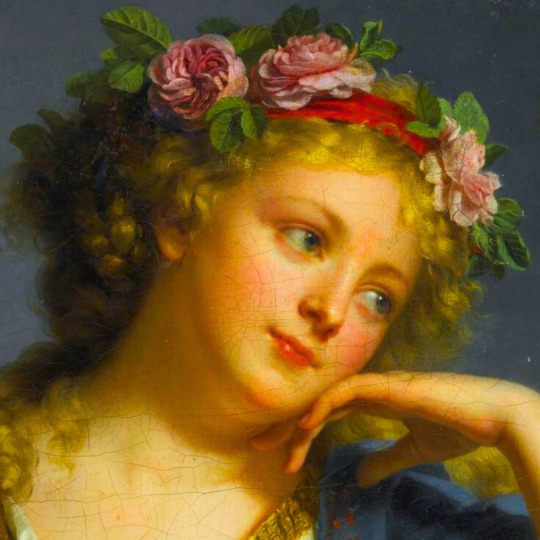

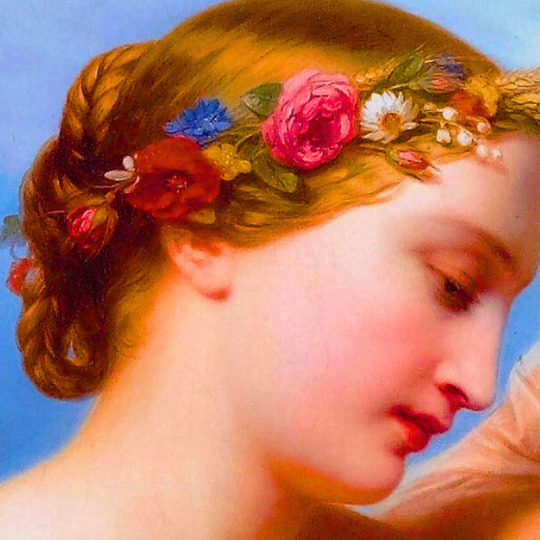


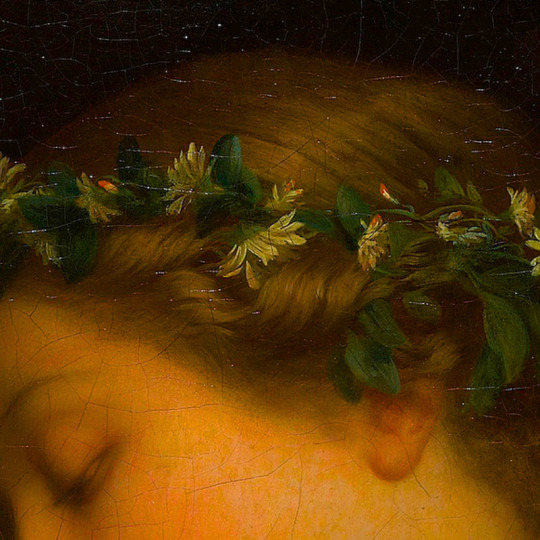

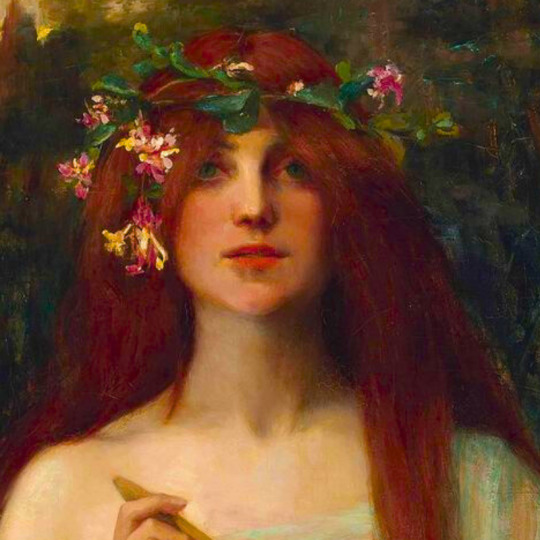
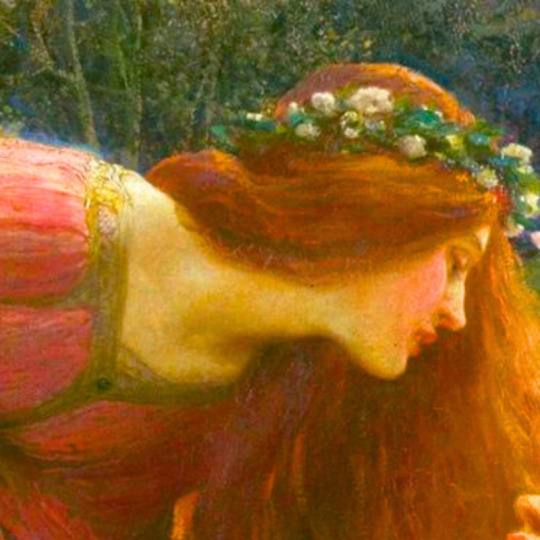

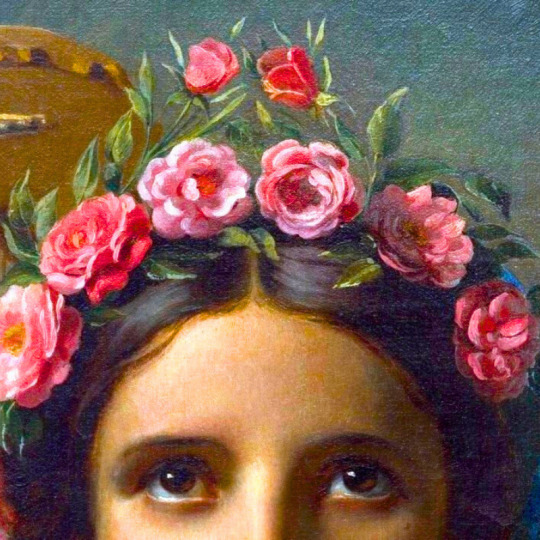
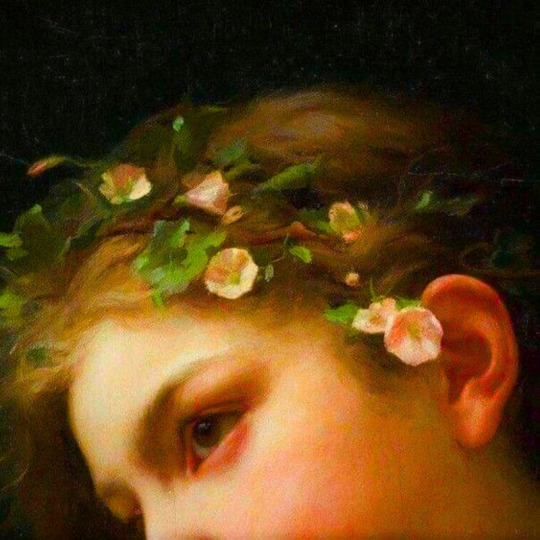
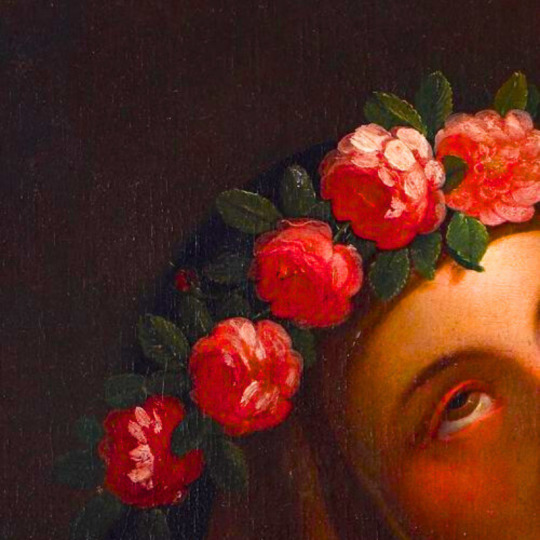
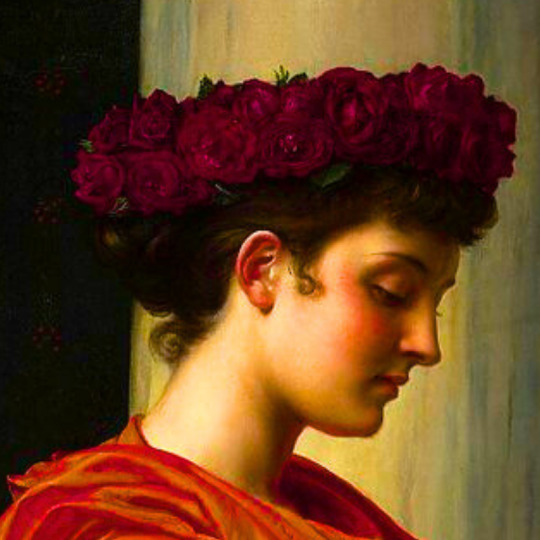
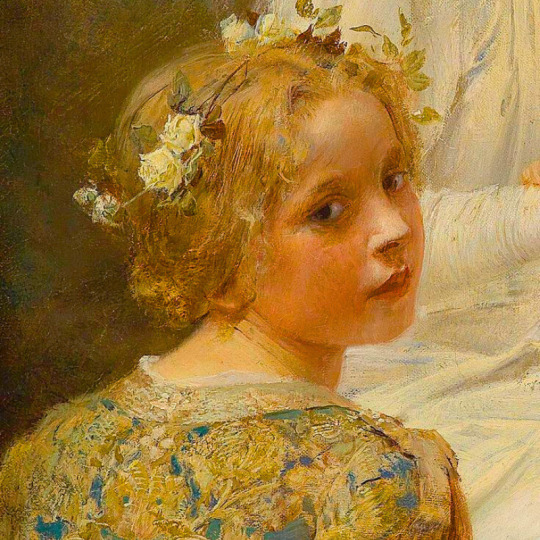


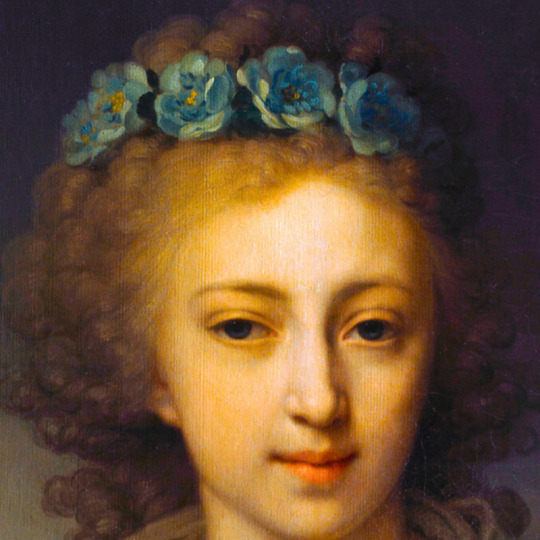
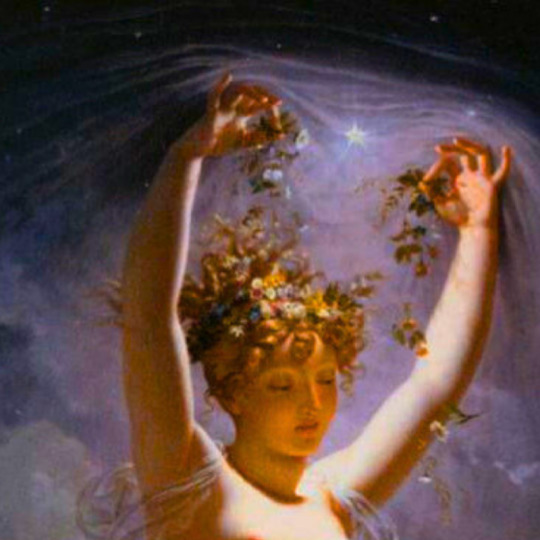

flower crowns + art
#young girl with a flower garland by unknown#flora by rembrandt#ophelia by beatrice offor#flora by pietro dandini#flora by antonio franchi#allegorie des sommers by giuseppe nogari#saint cecilia by onorio marinari#portrait of a youth crowned with flowers by giovanni antonio boltraffio#a saxon princess by emma sandys#i cant find who made this#a portrait of a woman by marie genevieve bouliard#an allegory of intelligence by cesare dandini#cant find the artist#perdita by frederick sandys#fanciulla con lilla by achille beltrame#girl guesses on camomile by charles landelle#the shepherdess by edward fredrick brewtnall#a nymph by blance paymal-amouroux#la belle dame sands merci by john william waterhouse#a girl wearing a garland of wild roses by george lawrence bulleid#saint cecilia of rome by francois-joseph navez#girl with a bouquet of daisies by jules-cyrille cave#saint rose of lima by jose del pozo#poynter by john edward barine#mother and child by eduard veith#pleasure by anton raphael mengs#auguste of baden-baden by alexis simon belle#grand duchess elena pavovna of russia by vladimir borovikovsky#aurora and cephalus by pierre-narcisse guerin#lesbia and her sparrow by sir edward john poynter
597 notes
·
View notes
Text

Onorio Marinari Mater Dolorosa ca. 1670-80
24 notes
·
View notes
Text


Salome with the Head of John the Baptist - Onorio Marinari // Salome with the Head of John the Baptist - Carlo Dolci // Cassandra - Florence + the Machine
#salome#john the baptist#cassandra#dance fever#florence + the machine#florence and the machine#fatm#art#art history#lyrics#lyric art#tw death#tw blood#tw beheading#charlotte survives february
94 notes
·
View notes
Text

Saint Sebastian by Onorio Marinari (1627-1715)
5 notes
·
View notes
Text
VISUAL ANALYSIS AT THE RINGLING
A sorrowful, grieving mother is portrayed in Onorio Marinari’s Mater Dolorosa oil on canvas painting dated to the 1670s. The 53.3 by 39.4 cm image is complemented by an antique gold ornate wooden frame. Onorio Marinari was an Italian painter of the Baroque period embracing tension, producing drama and emotional themes. Previously known as Blue Madonna, after Carlo Dolci is painted in simplicity, the realistic figure is centered, wearing a blue head-covering robe with some light from above falling on her beautiful face. The chiaroscuro technique is employed in the painting with a black background contrasting her light face and blue robe with a shimmer of light right above her head giving an illusion of a halo. The innocent expression and downcast eyes accentuate the state of her soul. The color of Mary’s face provides so much light for the whole piece.
The painting connects to the viewers by feeling the pain yet seeing how graceful and at peace with herself and God’s will she is. The context of the work of art is understood by historical and cultural circumstances and a personal connection to religious beliefs shares the painful and serene emotions of what she is going through. Although there is no exaggerated motion used to produce drama, the interplay between light and dark produces a dramatic atmosphere by focusing on inner feeling and body language expression. The painting evokes feelings of a shattered soul, in a quiet but profound presence.
Mater Dolorosa is a painting of the High Baroque time. The rich use of dark colors, in a dimly lit scene, and high-contrast sharp shadows evoke a sense of the most dramatic point of the story. The lighting is one of the most important elements of the painting creating the atmosphere. The Italian painter learned basic skills of painting from his father and later went on to a prestigious school of his relative Carlo Dolci. His career was marked by major religious commissions and devotional paintings. The emotional style and color is adopted in his work making him a remarkable Baroque painter.
The painting is captivating. The use of simplicity and light and dark colors produced the focal point of Mary’s face. Studying the mixture of sweetness, innocence and sadness in her eyes shape the emotions when thinking about history and her experiences. It is a mother’s greatest fear of anything happening to her child, and how to keep moving forward. The way she is presented displays her poise, devotion, and trust in God’s will. Her eyes and head bowed down exemplify her surrendering to the higher power and acceptance of her suffering. The importance of this piece to society is to recognize and be sensitive to the inner agony and grief of others and admire their will to move forward with solace. This painting inspired me to understand heartache and suffering in art form and to relate it to personal life that each person has their own inner Mater Dolorosa.

0 notes
Text
Virtual Sketchbook 3

This artwork is made of oil and it is applied to canvas It is pretty big I do not know the exact dimensions but this is no small painting and the border around it amplifies the feeling of it being big. It is big, it is shaped rectangular and it is longer going vertically, it uses deep dark colors, I actually picked it as my 2nd option because my first option was a Shiva statue but that would have been harder to do research on, and this caught my eye as a backup because I loved the deep blue and black that was used in the painting. It is a photo of a woman at first I just thought it was a random woman because usually I do not know who it is but it turns out that it is the Virgin Mary but depicted differently The primary colors are the deep blue of the Virgin Mary cloak and a dark background, the shapes are soft and rounded, focusing on Mary's sadness but it is a nice and elegant sad face not weeping but sorrow. The subject is the Virgin Mary but depicted and shown in sorrowful and in a darker color scheme. The design is simple almost like a portrait, Mary's face is centered and light and shadows are used to emphasize her expression The emphasis is on Mary's face, highlighted by the bright blue cloak against the dark background. Following her cloak and facial characteristics, the beat is soft and flowing. The realistic and balanced painting is a trademark of the Baroque period. Her face is highlighted by the contrast between the background and the cloak. The painting shows unity by having the dark colors blend in with each other and the cloak and the face details add variation Study and Background in Culture
Artist: The Italian Baroque painter Onorio Marinari was a part of the movement. He learned from Carlo Dolci, who was famous for drawing religious scenes, and was his cousin. Dramatic expression and strong contrasts of light and dark were important during the Baroque time.
Background and Time: In the 1600s, especially after the Counter-Reformation, the Catholic Church used art to make people feel things and improve their faith. Paintings like "Mater Dolorosa" were meant to be used for private devotion and to show how faith can be personal and emotional.
Marineri wanted to show how sad and real the Virgin Mary was, making her a figure that people could relate to. This message comes across clearly through his use of color and skill.
Effectiveness of Communication: Marinari does a great job of capturing Mary's sadness and the theme's pensive mood. The message is clear and powerful because of his professional skill and emotional depth.
I picked it honestly as a backup option for my first choice which was a metal shiva statue but I thought doing research on it would prove to be difficult so I took a photo of this one on the way out because to me it had the color scheme of Batman which is blue and black and It really stood out to me because of how simple it was but the mixed feeling of dark and light really did it for me. Proof I was at the Ringling Museum
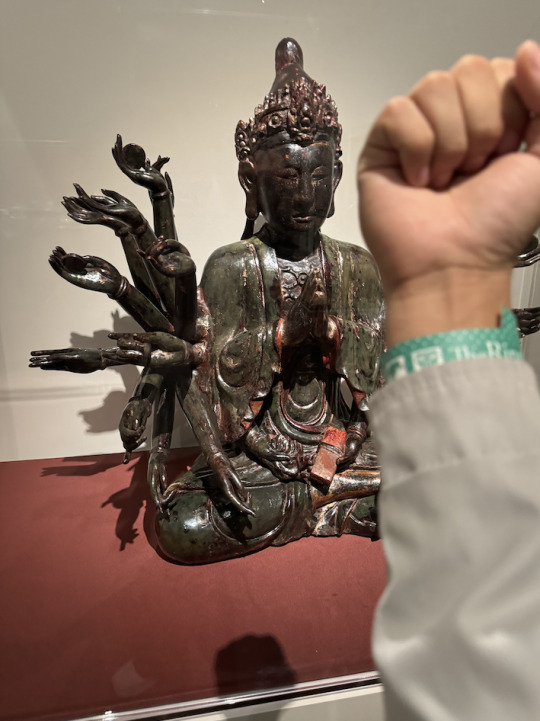
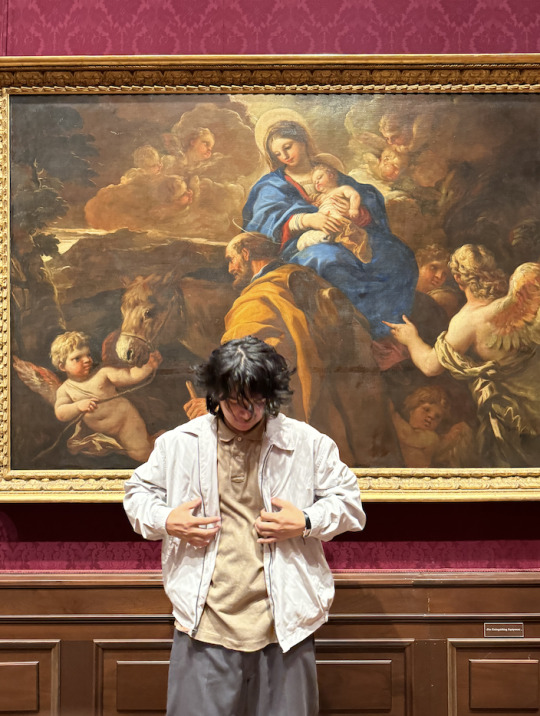

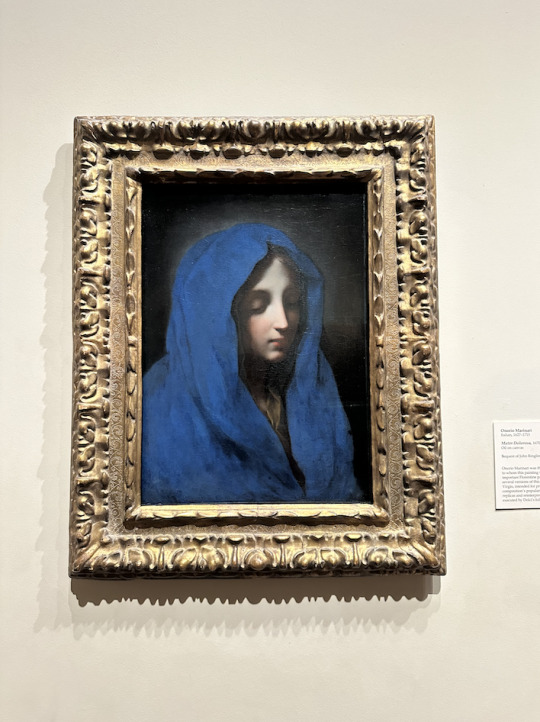
Here is also the Shiva Statue that I was thinking of using but ultimately I thought the painting of the Virgin Mary would have been more fitting for this assignment. I really enjoyed this assignment where I had to go out and look at real art it was a blast!
0 notes
Text
Sketchbook 3
Alyssa Reinschmidt
Prof. Bzura
Art Appreciation
3/21/2024
The Mater Dolorosa know to most as the Blue Madonna was showcased in the Ringling Museum’s art gallery. Made as oil paint on a canvas, the pupil of the famous Florentine painter, Carlo Doilci, Onorio Marinari painted this beautifully intimate picture of a sorrow filled Virgin Mary. With the Virgin Mary as the subject and the only subject in the painting, making the significance of the lighting and the use of the warm and darker colors. Mary is shown with a pale gentle looking face with her long hair barley shown underneath a cloak that casts shadows across her face making her look almost defeated. The balance of the painting can be argued to be both well balanced or not balanced at all. I believe that the stark contrast of the dark surroundings of the Virgin, and the paleness of her face can be seen as balance due to the natural look of the shading and the cohesion between the darkness and the light.
This particular painitng makes my heart slow down as my eyes travel from the darkness in the corners to the pale face in the center. The feirceness of the pale face stands out from the thickness of the cloak, and the darkness that surrounds her. When I look at her face I see the same sadness that I see in the mirror, reminding me that yes the girl in the painting is the Virgin Mary, but she is also just a girl. Marinari created a painting that not only represents the mortality and the humanity of the Virgin Mary, during the Baroque period where the saints and everything relating to the catholic religion was of high importance. During the mid-17th century, fresco was the newest form of painting, while the Blue Madonna is an oil painting on a canvas, some of Marinari’s other works were state of the art for his time.
I chose Marinari’s Blue Madonna originally because I completed another assignment on this artwork, however once I saw it in person, I was emotionally drawn to it and would not pick another. The gloomy sadness hanging over Mary’s head is something I can only describe as a divine reminder that someone as ordinary as a teenage girl can be chosen by the Almighty and then forever revered by the rest of the world. That was eye opening to me seeing the humanity in someone revered and worshiped by millions.
Proof:

Research Cites
0 notes
Text

Saint Margaret of Antioch appeasing her dragon. Onorio Marinari (after Carlo Dolci). Florence ~ 17th century
0 notes
Text
Art in the Real World
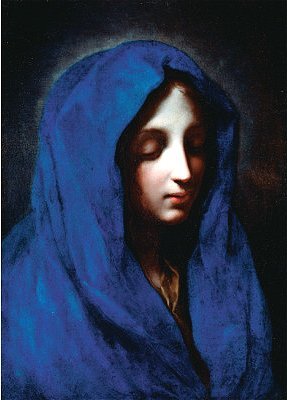
Title: Blue Madonna. ( Original title: "Mater Dolorosa") Author: Carlo Dolci. ( Attributed by some to his pupil and cousin Onorio Marinari) Italy, 1670s. Oil on canvas, Dimensions: 21" x 15.25" Ringling Museum, Sarasota, Florida. One of the most beloved paintings of the entire Ringling Museum collection, the Blue Madonna is a relatively small painting (cm 53 X 39) by Italian Carlo Dolci, nicknamed "il Carlino", active in Florence in the second half of the 1600s. Even though the name of Dolci is not widely known, he was one of the leading painters in Tuscany of his time. Of course in his time, and in general during the Baroque period, the pulsating heart center of the art world was no longer Florence, but Rome.
The painting is a simple image of a very young Virgin Mary, in a very lush royal blue robe, and it reminds of El Greco and its use of color to represent spiritual life. Dolci once stated his "firm intention to paint only works that would inspire the fruits of Christian piety in those who saw them." The "Mater Dolorosa" ( "Mother in Pain" the original title of this painting ) is one of the mysteries more renowned in the Catholic teachings: it describes how during the Annunciation, when the very young virgin Mary was visited by the archangel Gabriel, she was told that she would be the mother of the Savior. She was also told of her Son's crucifixion to redeem the sins of the world. Therefore, the young Mary already had in herself the pain of the death of his son, to be suffered thirty-three years later. It is a very beloved image in Catholic iconography: even Michelangelo, in his Pietà, represented it with a very young Mary carrying the body of Her adult Son.
The beauty of this painting is in its simplicity. The light falling from above illuminates the downcast face of Mary which seems to emerge almost supernaturally from the rich fabric of the blue robe. The influence of Caravaggio in the use and the contrast of lights and darkness for dramatic purposes is evident. The gaze of the viewer is therefore magnetically attracted to the sorrowful face. A single, simple subject, in a dark background. Dramatic use of a single color and of lights and shadows. Uniformity at its best.
I love this painting. As a Catholic myself, and having grown up in a household where almost every room had a painting of the Virgin Mary, I connected immediately. Furthermore, being from Rome, I am quite familiar with the sensory spell that baroque art can emanate. This work of art gave me the strange feeling of looking at something never seen before, and yet familiar. The day I visited the museum, it was deserted. I had all the time to observe closely the masterful brushwork of the artist. Dolci, I discovered, was painstakingly slow in completing his works, and because of the critiques of his contemporaries, he fell into a deep depression. I wonder if the sadness of this painting is also a reflection of the painter's interior struggle.
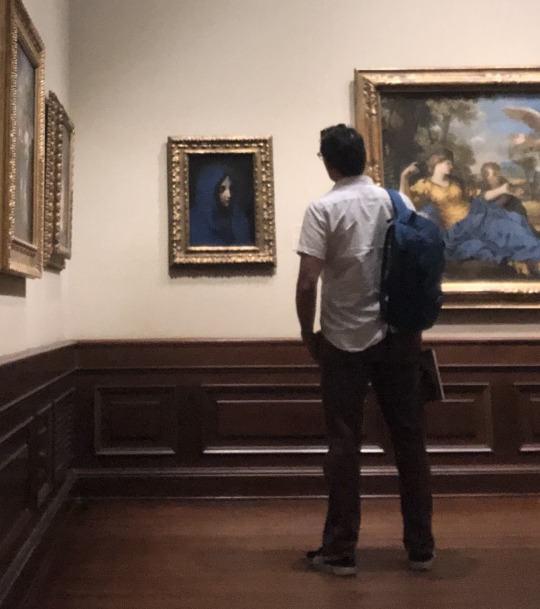

0 notes